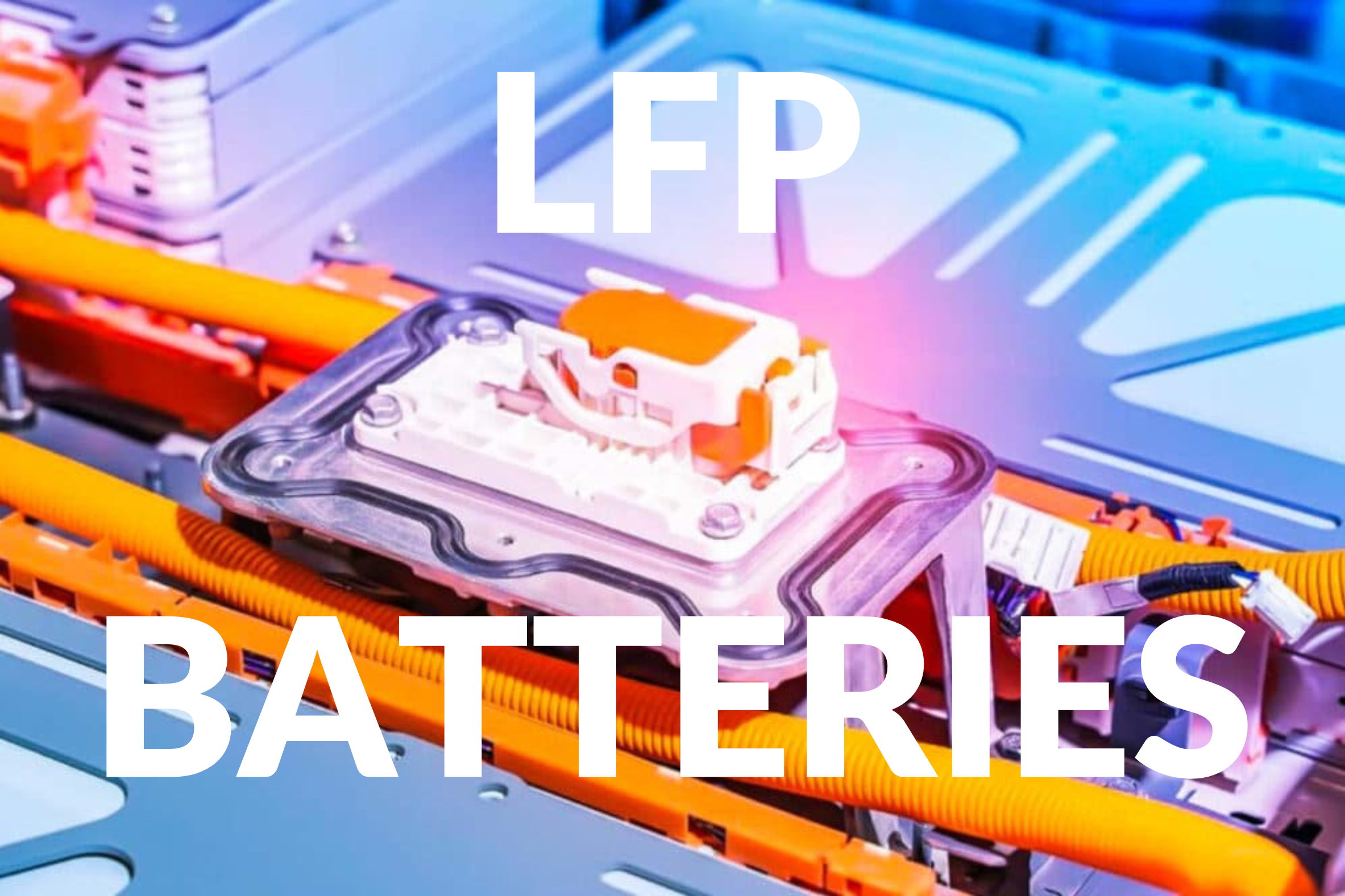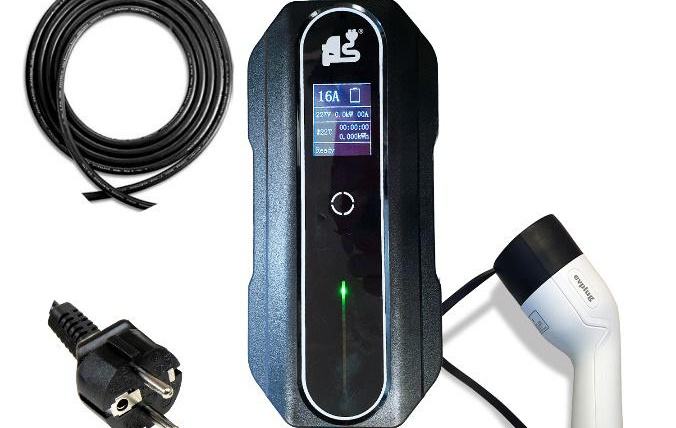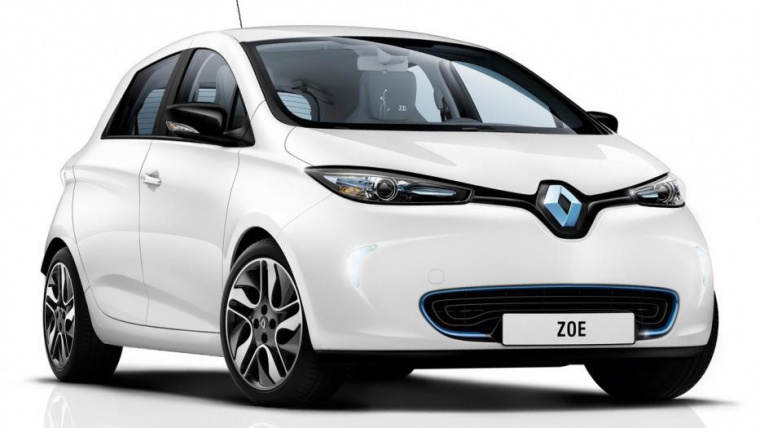Yes, the long-awaited faster-charging and higher capacity battery has arrived! This could be the starting point for not only cheaper electric cars in the coming years, but also lighter and able to provide a range that does not force you to keep your car in the city all the time, without being able to travel.
The Karlsruhe Institute of Technology, EAS Batteries and EdgeWave have teamed up to bring us this new battery that affects the cylindrical lithium-ion cells that, as you can imagine, are used for electric car batteries.
Stellantis, parent company of PSA and FCA has already decided to use this type of battery in order to position itself competitively in the production of electric cars for middle class families.
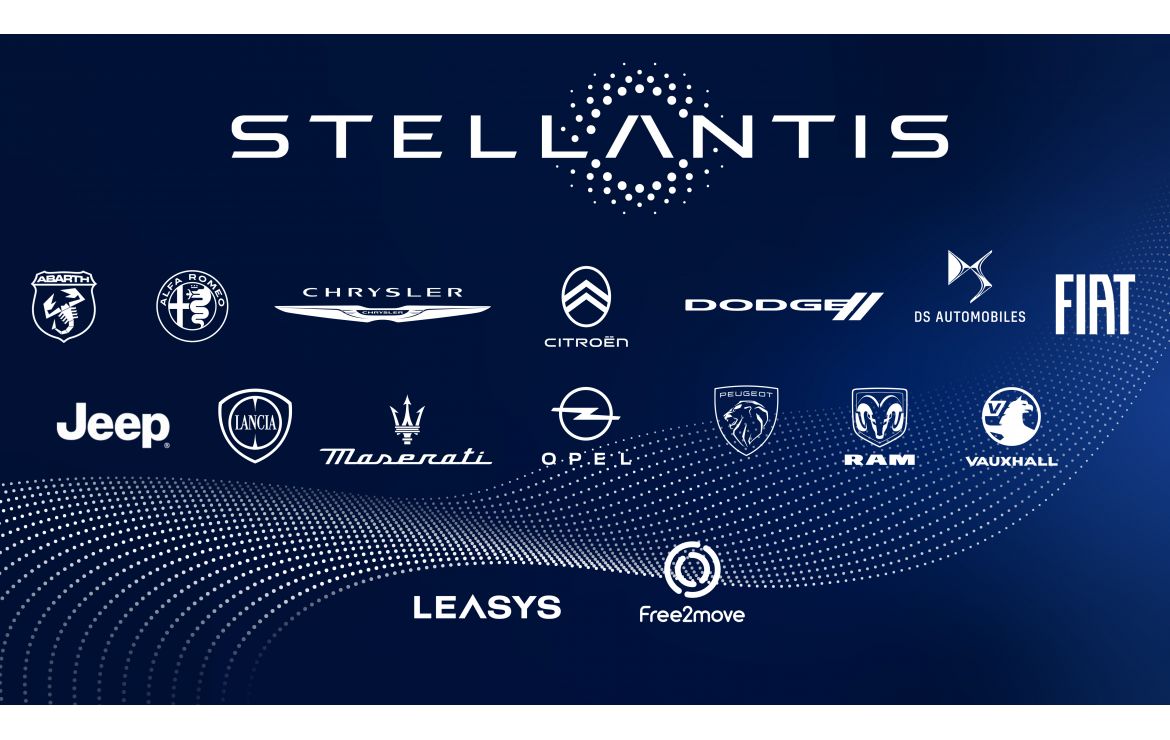
And, what’s new about this?
Thanks to laser electrode structuring, which is applied to LFP cells to make them perform significantly better. LFP cells are already used to make cheap batteries, but what they have achieved is that they have more energy density to achieve greater autonomy, as well as making them support a higher charging power and, as if all this were not enough, they have a longer life and a lower weight.
High-E-Life is the new project, which is also financially supported by the US Federal Department of Education and Research through the special ‘Climate and Transformation’ fund to the tune of 1.3 million euros. A total of 2.1 million euros has been earmarked for the project and no one should be surprised, because the major development behind this research is aimed at achieving batteries that are cheaper than current ones, but at the same time have a better energy density, faster charging and are able to last for more kilometres without long-term degradation.
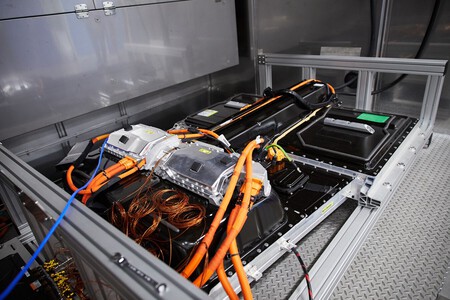
How is this process achieved?
Due to the perforations in the active material of the electrodes, this will allow the migration of ions to have a shorter path and therefore accelerate the charging and discharging of a lithium-ion cell. This is what they call ‘ion highways’, and can increase the charging speed of lithium-ion batteries by up to three times. And that’s not all, they also allow thicker electrodes to be wound thanks to greater mechanical flexibility.
Modern laser technology is used to structure the electrodes, using ultra-short pulse lasers that are capable of removing sensitive active mass with millimetre precision and without affecting the other layers. What they have achieved with this technique and technology, as we have been saying, is that they can manufacture cheap batteries like all the current ones based on LFP cells, but with greater energy density and, above all, with charging times that are three times shorter. As can be seen, this is a huge technical improvement over LFP batteries, which are gradually becoming more popular for reasons of cost, safety and service life.
What to expect?
There is a multitude of open research that is working on new chemical compositions and new cell types for better performing batteries, and the whole industry has its sights set on solid-state batteries. However, this partnership of companies is aiming for a strong improvement on one of the ‘great forgotten’ by scientists, which is the LFP cell. And it’s a path that makes a lot of sense, because they are currently the cheapest batteries for electric cars, and their potential for evolution is enormous. This breakthrough shows that.
Compared to NCM (nickel-manganese-cobalt lithium oxide cells) and NCA (nickel-cobalt-aluminium oxide cells), LFP cells make it possible to produce cheap batteries for electric cars. However, this type of chemistry has so far had the problem of lower energy density. It is true that they provide more safety and can also guarantee a longer lifetime, but energy density has always been their weak point.
And that is what makes this research so interesting, that it can achieve that the cheapest batteries in the industry today can have a higher performance especially in terms of autonomy and also in terms of charging times. Although sodium-ion batteries will be even cheaper than LFP batteries, and the first models are about to arrive, they still have the disadvantage of low energy density.


